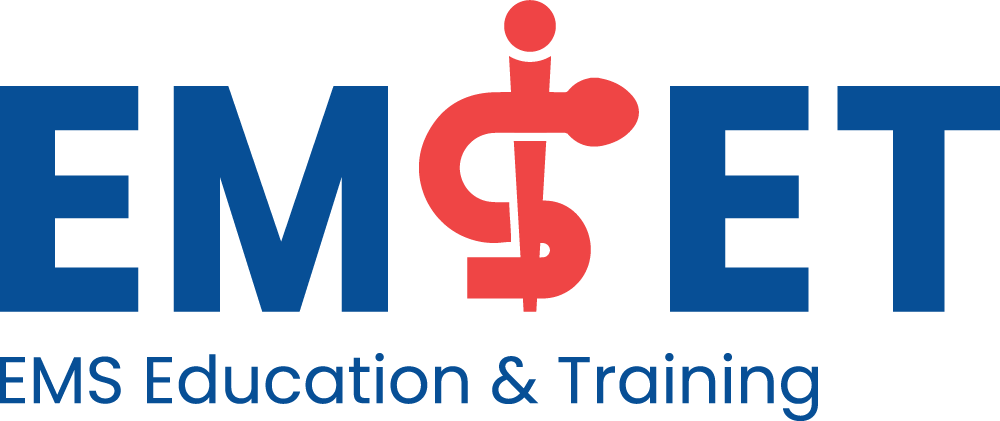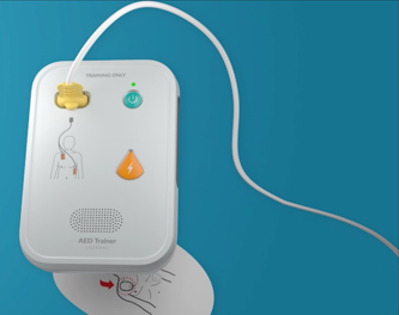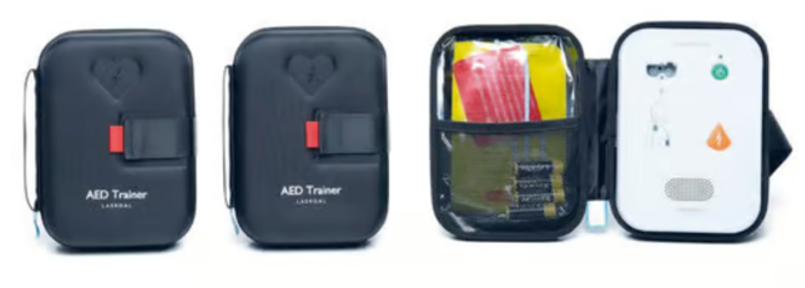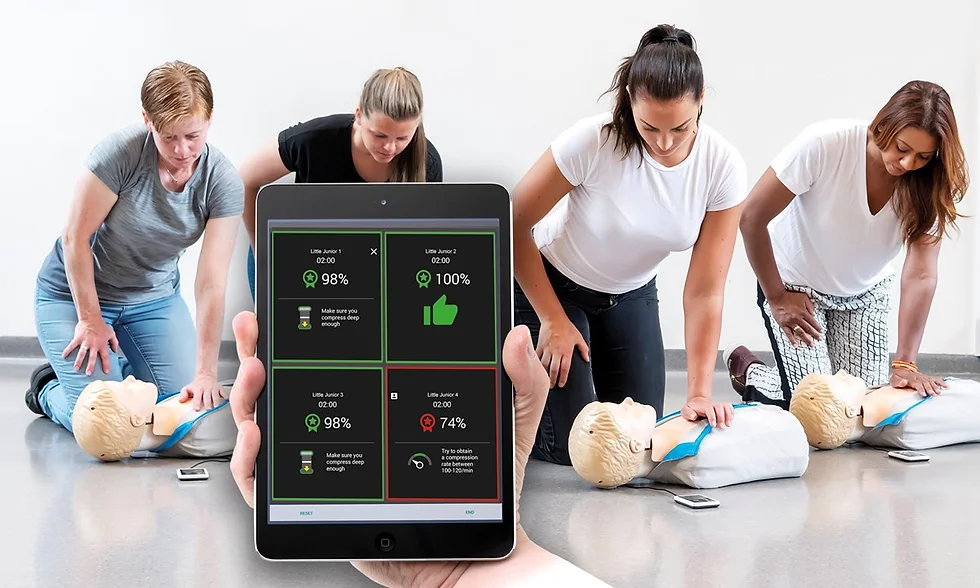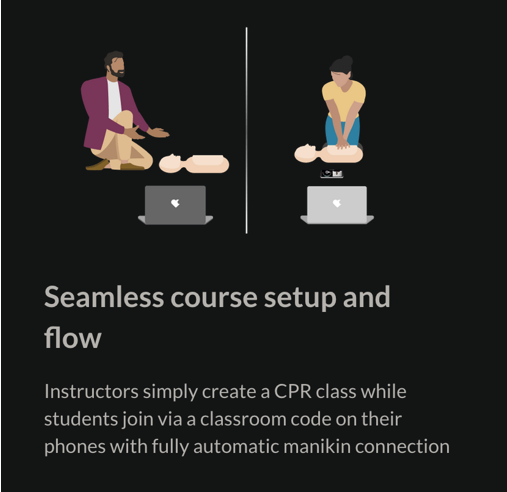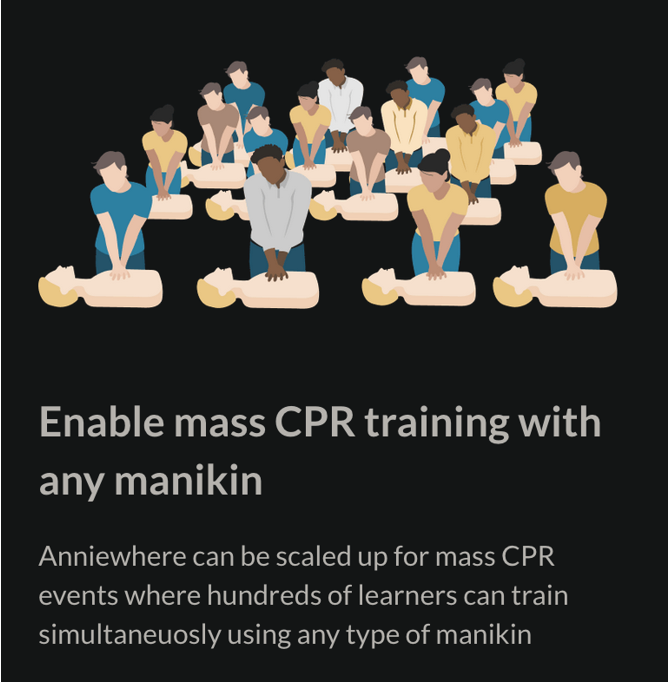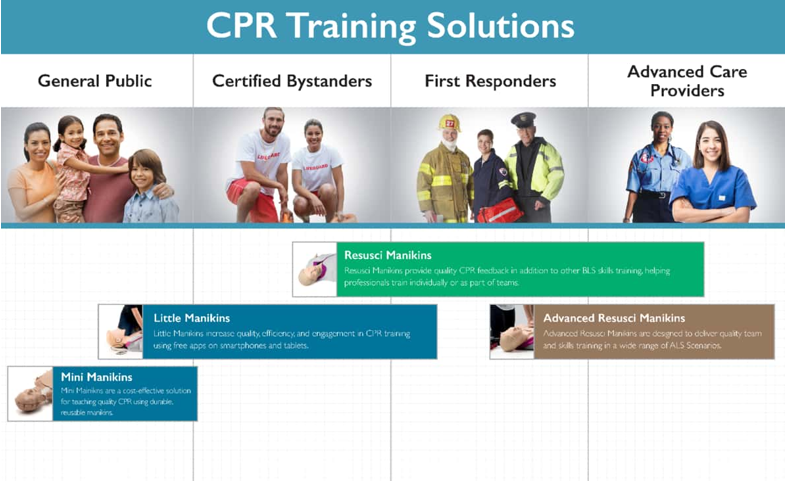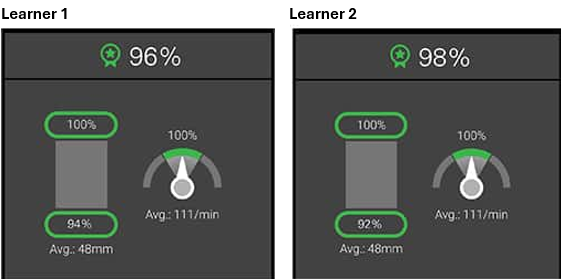Useful Links
Policies
Office Locations
Australia
The Centre: 6/59 Smeaton Grange Rd, Smeaton Grange NSW 2567 Wollongong - 32/7 Waynote Pl, Unanderra NSW 2526
United States
3003 East Michigan Ave 1010 Lansing, MI 48912
Greece
Galaxias Building 4A Floor 6 Skouze Str. Pireaus 18536
New Zealand
Level 8 139 Quay Street Auckland Central 1010
